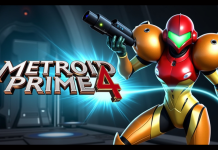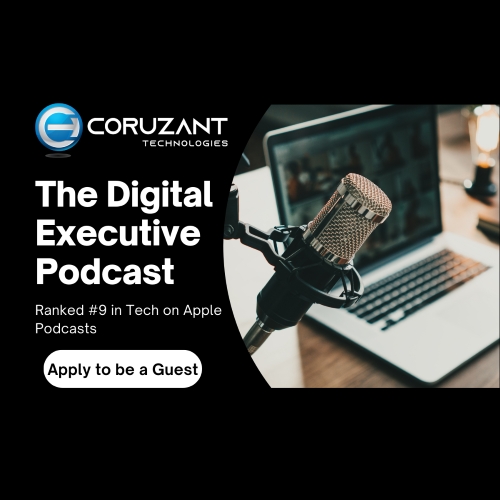At first glance, Minecraft is a game about stacking cubes and running from exploding green phallic metaphors. But dig (literally and figuratively) a little deeper, and you’ll find one of the most accidentally brilliant educational tools: Redstone.
Hidden inside Minecraft Bedrock Edition is a logic system so sophisticated that people have built functioning CPUs, calculators, memory banks, and even full-fledged emulators – all with nothing more than digital dust, torches, and a few thousand hours of free time.
This isn’t just a quirky side feature. It’s a sandbox that teaches real-world engineering principles to millions of players without them even realizing they’re learning. Which is, frankly, both impressive and terrifying.
Table of contents
- Redstone: Accidental Electrical Engineering 101
- Engineering Concepts in a Playable Wrapper
- The Business Impact: Why This Matters to Tech and Education
- Redstone’s Tech Achievement: Complexity Without Complexity
- Owning the Platform, Owning the Future
- The Community Factor: Open-Source Thinking in a Closed World
Redstone: Accidental Electrical Engineering 101
Redstone in Minecraft functions as a crude simulation of digital logic circuits. It includes:
- Binary Logic: On/off states simulate 1s and 0s.
- Logic Gates: Players construct AND, OR, NOT, XOR gates manually.
- Memory Storage: Latches, flip-flops, and clocks emulate real-world registers.
- Timing and Delays: Repeaters and comparators teach propagation delay, pulse width modulation, and signal timing.
- Automation: Pistons, dispensers, and observers demonstrate basic control systems and input/output interactions.
Players aren’t just building wacky traps and doors—they’re recreating the foundation of every piece of modern digital hardware. All without paying tuition or suffering through dry PowerPoint lectures.
Engineering Concepts in a Playable Wrapper
The genius of Redstone is that it sneaks technical complexity into pure play. Players experiment by trial and error, stumbling onto engineering truths like:
- Modular Design: Breaking large systems into manageable components.
- Debugging: Isolating faults when something fails to activate.
- Efficiency vs. Functionality: Balancing resource use with design goals.
- Feedback Loops: Using observer blocks and comparators to manage dynamic systems.
Redstone doesn’t just simulate circuitry – it simulates the problem-solving process behind real engineering work. And because Minecraft Bedrock Edition is available across almost every device on Earth, these lessons scale globally.
The Business Impact: Why This Matters to Tech and Education
From a business standpoint, Minecraft’s Redstone ecosystem creates something far bigger than entertainment: a pipeline of future engineers.
Educational institutions increasingly use Minecraft Bedrock Edition as a teaching tool. Microsoft has even leaned into this with Minecraft Education Edition, incorporating lessons on logic circuits, computer science, and STEM topics directly into the game.
This isn’t some accidental byproduct – it’s strategic intellectual infrastructure. Today’s Redstone builders are tomorrow’s software engineers, hardware architects, and systems designers. The game creates brand loyalty while fostering technical literacy, feeding directly into industries that Microsoft already dominates.
Redstone’s Tech Achievement: Complexity Without Complexity
Technically speaking, Redstone is a marvel of abstraction. It strips out the intimidating math while preserving the core logic behaviors that power real digital systems.
- No circuit boards.
- No voltmeters.
- No soldering irons.
- Just logical operators expressed in blocks, lights, and pistons.
The result is a scalable simulation platform that’s robust enough for advanced users, yet accessible to children. Most professional electrical engineering simulators can’t claim that level of accessibility—or engagement.
By democratizing complex engineering concepts inside Minecraft Bedrock Edition, Mojang and Microsoft created a gamified learning environment that appeals to hobbyists, students, and educators alike, all while printing money.
Owning the Platform, Owning the Future
Here’s where the business play becomes undeniable. By embedding learning inside one of the best-selling games of all time, Microsoft builds not just a player base, but a technical culture. Kids who grow up wiring Redstone machines don’t just learn how to game, they absorb systems thinking.
These same kids may one day pursue computer science, build software for Azure, or design processors for Surface devices. Minecraft becomes the earliest entry point in the long-tail customer journey, and all it took was making digital blocks light up.
You can easily grab Minecraft Bedrock Edition on digital marketplaces like Eneba. Just don’t be surprised when you accidentally start learning Boolean logic by wiring your sheep farm to explode when full.
The Community Factor: Open-Source Thinking in a Closed World
One of Redstone’s most powerful educational effects comes not just from the mechanics, but from the community. Tutorials, schematics, and builds are shared across YouTube, Reddit, and Discord—mirroring the open-source knowledge-sharing that fuels modern tech development. Young players aren’t just copying designs; they’re learning from others, adapting techniques, and eventually innovating on their own. That’s peer-based education at internet scale, happening organically around a block-based building game.
You can easily grab Minecraft Bedrock Edition on digital marketplaces like Eneba. Just don’t be surprised when you accidentally start learning Boolean logic by wiring your sheep farm to explode when full.











